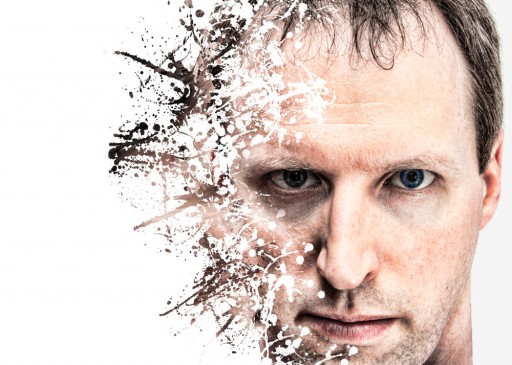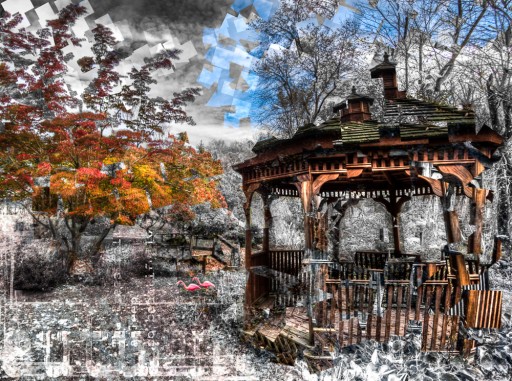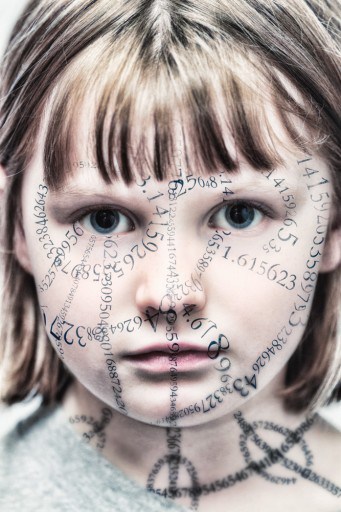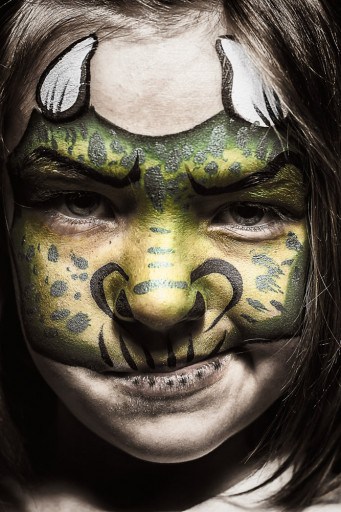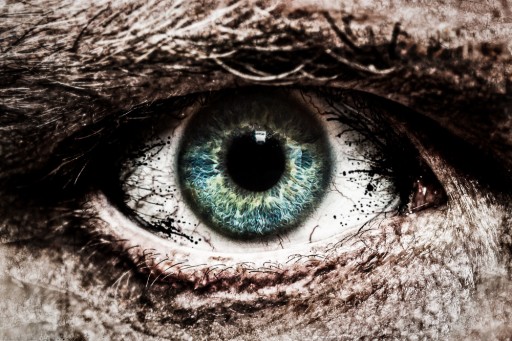[important] The following post was written by Nick Marzinski of Trapping Light. I highly suggest taking a hike on over there after you read this post to see all of the great content and tutorials he has to offer! [/important]
I grew up in the 1980s, back before the Internet or digital photography or cell phones. Back when Reagan was president, Star Wars movies were good, MTV actually played music videos, and Michael Jackson, even at his chimpanzee-owning quirkiest, was pretty damned cool. I was in second or third grade when I got my first camera as a Christmas present, an instamatic clone that took 110 film. At around the same time, the Thriller music video was tearing up cable, well on its way to becoming a cultural touchstone the likes of which you rarely see anymore in our hyperactive digital lives. In the 1980s, life was analog.
For readers that are too young to remember back that far, music videos were in their infancy then, and the Thriller video was a 14 minute comic horror mini-movie helmed by Blues Brothers director John Landis. Although the video hasn’t aged all that gracefully, the world had never seen anything like it at the time, and it delivered a big anabolic steroid shot to the arm of the music industry and the then-nascent MTV network. Thirty years ago, that video was Big. With a capital B, it was Big.
My 110 camera, on the other hand, was pretty pathetic. It used this stuff called film to record images, and when I was in second or third grade with a miserly allowance, film was really expensive. Back then, there weren’t LCD screens or delete buttons onthe back of cameras. Once you took a picture with a film camera, you were stuck with it forever and until you developed it, you weren’t even sure what you were stuck with. For this reason (and many others), it’s difficult for me to feel any sort of nostalgia for film. I miss taking photographs on film about as much as I miss loading computer programs off of 5.25 inch floppy disks.
Soon after I got the camera, I came up with the inspired idea to stage a scene from the Thriller video in my basement and shoot still images with my camera. With all of the ingenuity that an eight year old could muster, I got a refrigerator-sized cardboard box from the appliance store down the street, cut the box apart and, with paint and markers, made it into a backdrop of a cemetery with a couple of cross-shaped tombstones for the foreground. Then, after recruiting my younger brother and a neighbor kid to be zombies (complete with green face paint), I was ready to start taking shots.
Naturally, I failed to realize that zombies have short attention spans.
In the time it took me to set up the camera and attach a flashcube (another part of film photography I don’t miss), my two school aged zombies got into an argument about some inane thing that school aged zombies get into arguments about. In the instant before I pressed the shutter release, their argument came to blows and I ended up with a blurry shot of a couple of green-faced kids in front of a painted cardboard box, throwing wide, brutal haymakers. And that was the first shot. In the end, despite all of my careful planning, none of the three or four photographs that I took during that shoot ended up looking how I imagined they would.
While I don’t remember if I cried when I saw the prints that came back from the lab, I do remember feeling disappointed and disillusioned at how they turned out. I also remember feeling angry about the high barriers to entry for creativity; how it seemed outrageously unfair that only grownups with lots of money and resources could create compelling things like that Thriller video, while the rest of us whose imaginations were just as boundless and vivid ended up on the outside looking in.
Oh, how times have changed.
Fast forward 30 years, and technology has, to a great degree, democratized the creative process. As it stands, I’m a cubicle jockey at an insurance company during the day so photography is a night and weekend thing for me. Yet on my computer at home, I’m running Photoshop and Lightroom and a few plugins. While the initial outlay—particularly for Photoshop—was a bit steep, I’m working with the exact same programs that professional photographers (people that do do this for a living) are using. And the barriers to entry are lower now than they’ve ever been. Regardless of how you feel about the Creative Cloud, let’s not lose sight of the fact that it allows almost anyone to get access to the gold standard of image processing programs for the cost of a couple of artery clogging meals at McDonald’s each month. If you’re willing to go the non-Adobe route, professional level software can be yours for even less. Heck, last I checked, GIMP was a free download. Back in the 80’s, all of this would have been unimaginable.
Nowadays, with this software at my fingertips, I’d approach that Thriller shoot completely differently. I’d visit an actual cemetery to get my background shots, I’d shoot the zombies on a plain background in my basement, and then I’d composite everything together later. In addition, with a little bit of creativity and a few duplicated layers, I could probably turn two zombies into a veritable horde of ravenous undead. What’s more, since there’s no marginal cost attached to each shutter release of a digital camera, stupid little fights like the one that disrupted my grade school photo shoot wouldn’t be an issue. I could simply shoot my zombies separately hours or days or even weeks apart or—even better—let them have at it and hope that they really bloody each other up in the process. Then they’d really look like flesh-eating zombies, right?
When you come right down to it, digital cameras and the digital darkrooms that go along with them result in better images for everyone, professionals as well as enthusiasts and amateurs. Furthermore, the rise of social media sites means sharing your images with a worldwide audience has never been easier. Blake started hosting HDR Concerts here a few years ago, and entries come in from around the globe. About six months ago (at Blake’s urging), I started my own photoblog over at trappinglight.com, and since then I’ve had people from places as far away as the UK and New Zealand and India visit my site. I’ve exchanged e-mails and messages with them. That an enthusiast photographer in the upper Midwest is able to do that continues to boggle my mind. It’s hard to feel anything besides profound gratitude for that opportunity.
Of course, even with all of this great technology, it’s not as though the old rules from the film days no longer apply. Things like composition, the rule of thirds, negative space, separating foreground and background elements are still as important as they were when Kodachrome was manufactured. Concepts like aperture, shutter speed, and the Zone system didn’t become irrelevant simply because an image is recorded on a CMOS sensor instead of a silver halide emulsion.
Because digital photography combines elements both old and new, becoming proficient at photography is, in some ways, harder than it was before. Not only do you need to familiarize yourself with the in-camera aspect of photography, you also need to understand how post-processing tools can transform your digital negative to a final print—to turn the score into the performance, as it were. But of course, the same Internet that provides the ability to share images worldwide also is an excellent resource for photographic and post-processing technique. Blake puts tutorials on his site as do I. It’s not for the money (I, for one, have not earned a dime from my website), but because disseminating knowledge benefits everyone. If there’s one thing the Internet doesn’t need more of, it’s lousy photography. When more people understand how the creative process works, more people are in a position to create and share compelling images. This is never a bad thing.
At no other time in human history has this sort of access to creative tools been possible for so many people, not just for the rarified few. With the right tools and training, anyone—even a naive little grade-schooler with a hankering to recreate a popular music video—can take the images in their mind’s eye, and put them on the page. Or the screen.
And that’s a good thing.
[important] Nick Marzinski is the creator of Trapping Light. Visit his site for awesome written and video tutorials and more great content like the post you just read![/important]

